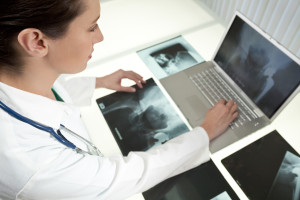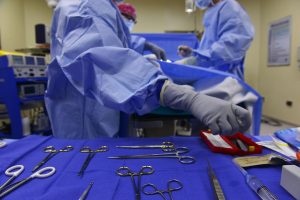
Judge Catherine Blake, who is overseeing the Smith & Nephew Birmingham hip multi-district litigation in Baltimore, Maryland, recently issued an order setting out the bellwether trial schedule for the Birmingham Hip Resurfacing (BHR) cases.
Just to recap: there are two tracks of cases in the Smith & Nephew Birmingham hip litigation: BHR and THA. BHR refers to cases involving injured people who received Smith & Nephew Birmingham hip components as part of a resurfacing procedure. The BHR resurfacing system is a metal-on-metal (MoM) artificial hip, but in resurfacing procedures the hip “ball” bone is resurfaced with a metal covering and a metal acetabular shell is implanted into the hip socket, thus creating a MoM articulation. Smith & Nephew used cobalt and chromium to construct both of these resurfacing components. As with all metal-on-metal artificial hips, the Smith & Nephew BHR has been shown to wear down and leach metals into the blood and tissue of the patient, a condition called metallosis.
The second track of cases involves total hip arthroplasties (THA) using Smith & Nephew Birmingham components. These total hip replacements are constructed with Smith & Nephew BHR components and non-BHR components, but instead of resurfacing the “ball-bone” with a metal covering the bone is removed and replaced with a metal ball component (a femoral head).
 North Carolina Product Liability Lawyer Blog
North Carolina Product Liability Lawyer Blog



